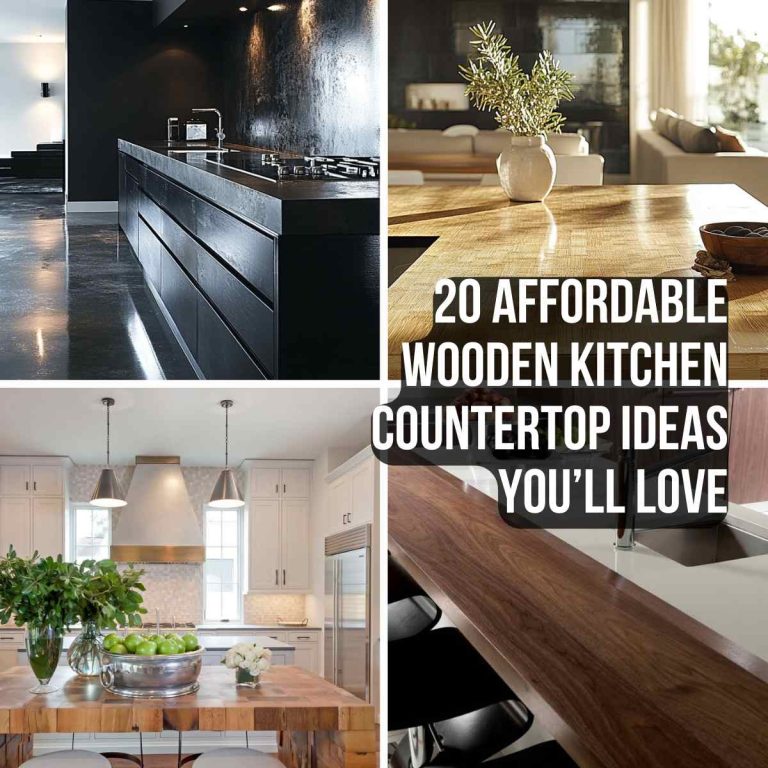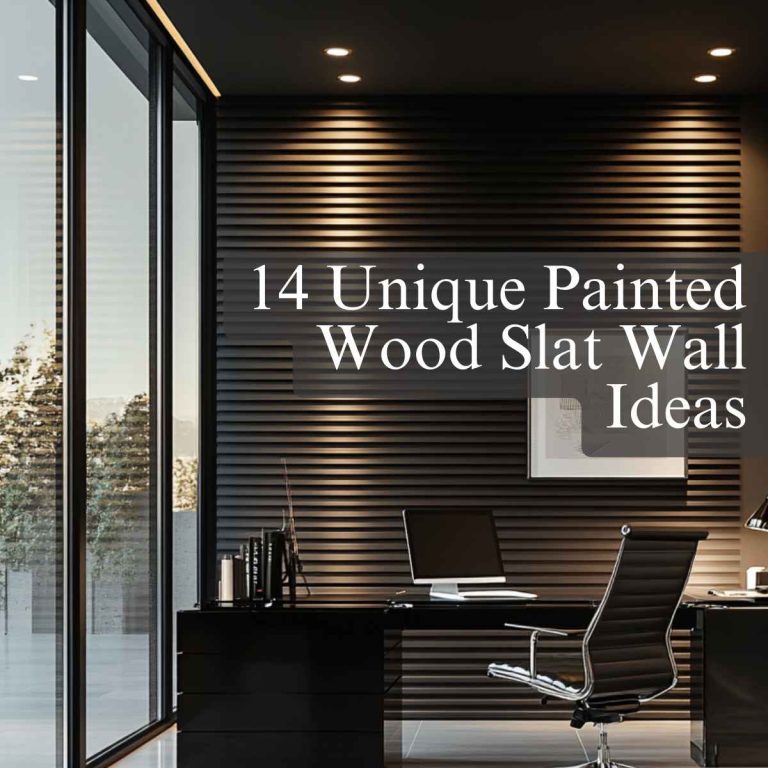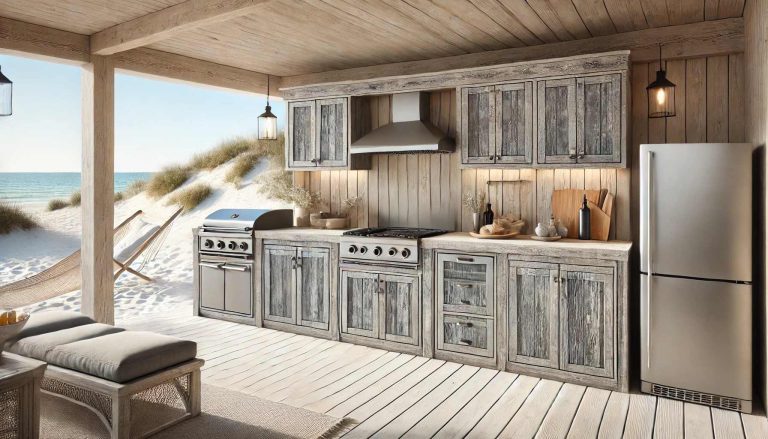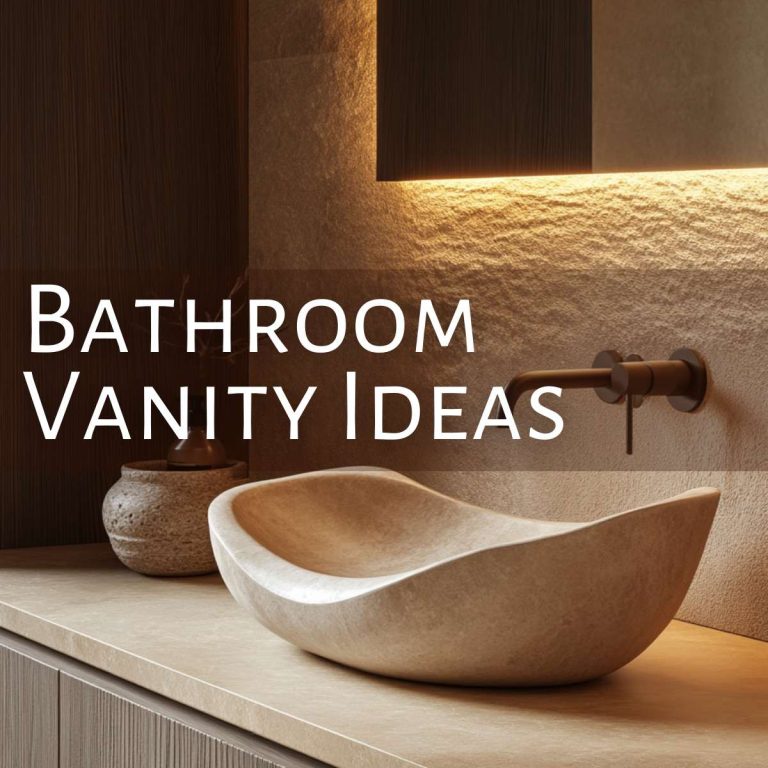Wooden Birdhouse: Everything You Need to Know About Building and Installing a Safe Bird Shelter

Key Takeaways
– Use natural woods like cedar or cypress for durability and weather resistance.
– Avoid pressure-treated wood and painted interiors to keep birds safe from harmful chemicals.
– Choose sustainable, FSC-certified wood to ensure your birdhouse is eco-friendly and long-lasting.
A wooden birdhouse is a small wooden structure made to give birds a safe place to nest. It can be simple or decorative, but its purpose is always to provide shelter. These birdhouses come in different designs, often made to suit specific bird species by adjusting the entrance hole size. You can buy or even build one yourself, adding a personal touch that helps local birds.
Birdhouses offer birds protection in a world with fewer natural nesting spots. They are essential for cavity-nesting birds like bluebirds and wrens. By providing shelter, birdhouses help birds avoid predators and harsh weather. Plus, birds that use these houses help the environment by controlling pests and spreading seeds. So, by placing a birdhouse in your yard, you’re supporting both the birds and nature around you.
15 Types of Wooden Birdhouses for Your Backyard
1. Traditional Birdhouse (Nest Box)
- This is the classic, all-purpose birdhouse design. It features a basic box shape with an entrance hole sized for a variety of small bird species.
- It’s ideal for birds like sparrows, finches, and even chickadees, offering them a safe and simple place to nest.
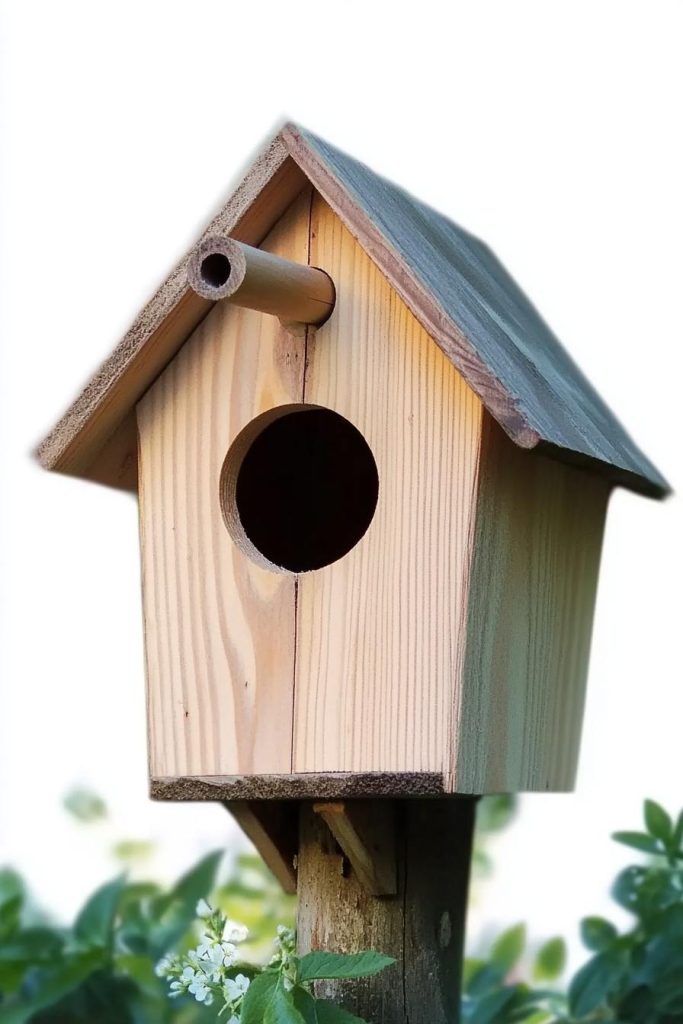
2. Bluebird House
- Designed with a specific entrance hole size (usually around 1.5 inches), bluebird houses help keep out larger, competing species.
- These birdhouses are best placed in open areas, such as meadows or fields, as bluebirds prefer more open spaces for hunting insects.
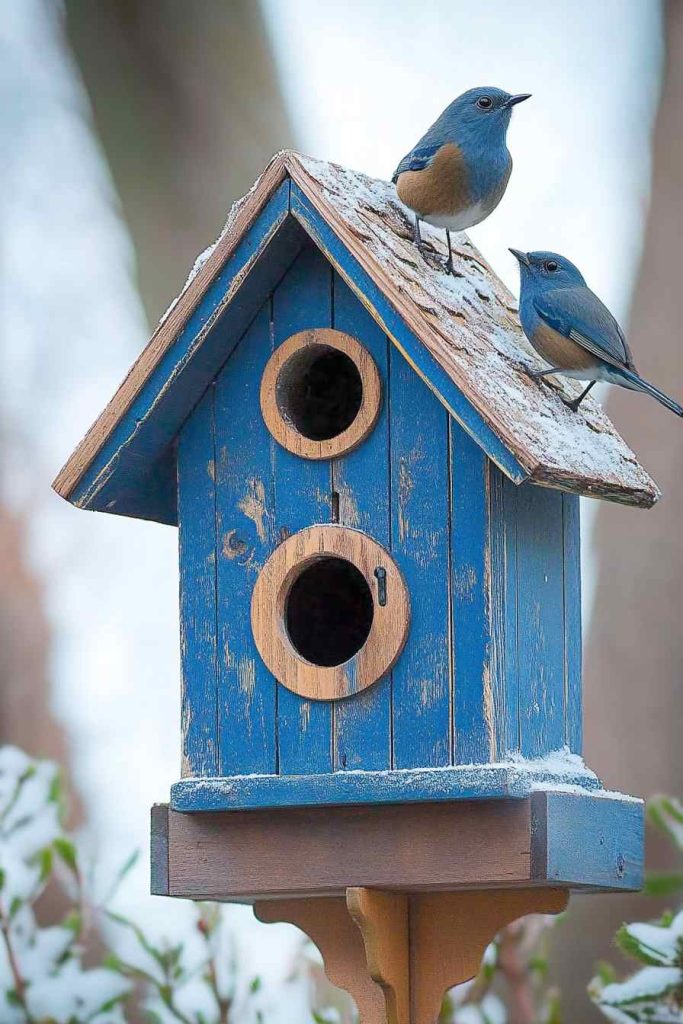
3. Wren House
- Wrens and chickadees prefer smaller birdhouses with a tiny entrance hole (about 1 inch) to deter larger birds.
- These houses are compact and often hung from trees or mounted on poles, making them cozy and safe for these smaller species.
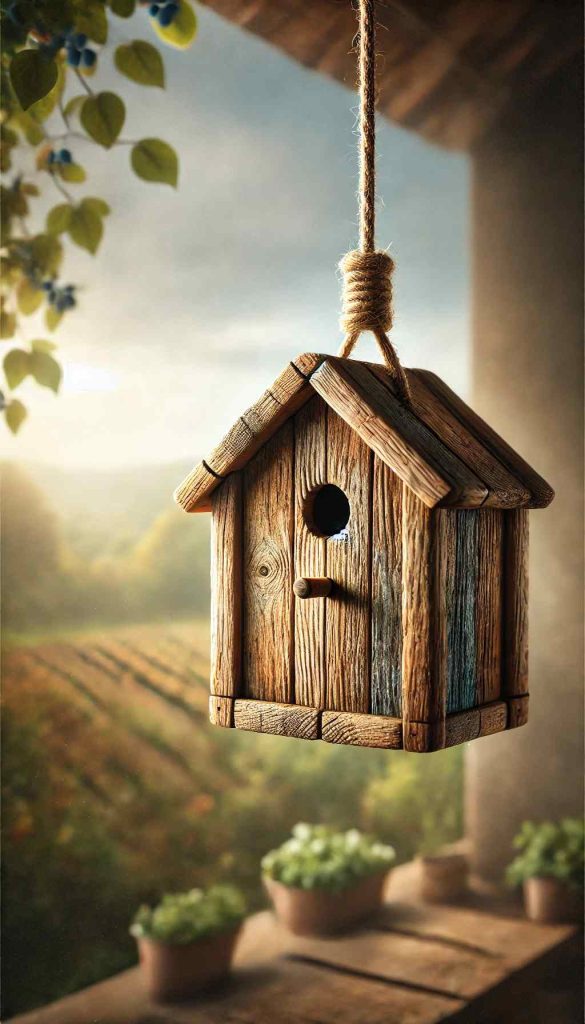
4. Purple Martin House
- A purple martin house is unique because it has multiple compartments, allowing entire colonies to nest together in one structure.
- These houses are typically mounted on tall poles in open areas, giving the birds the height and visibility they need to hunt flying insects.
5. Owl House
- Owl houses are much larger and deeper than regular birdhouses, providing enough space for bigger birds like barn owls and screech owls.
- They are usually placed high in trees or on poles to mimic the owls’ natural nesting preferences and protect them from ground predators.
6. Gourd Birdhouse
- Gourd birdhouses are an eco-friendly option where natural gourds are hollowed out to create homes for birds like purple martins.
- These birdhouses blend well with nature, are lightweight, and can be easily hung from trees or poles, offering both function and a rustic aesthetic.
7. Woodpecker House
- A woodpecker birdhouse is specifically designed with a deep cavity and larger entrance hole to mimic the natural tree hollows woodpeckers prefer.
- It’s best placed on tree trunks or poles at least 10-20 feet high, ensuring the birds feel safe and secure from predators.
8. Batchelor’s Birdhouse (Open Platform Nest)
- This open-sided design provides a flat surface where birds like robins, mourning doves, and swallows can build their nests.
- It works well in sheltered spots such as under eaves or on ledges, where these birds feel safe in exposed environments.
9. Dovecote
- Dovecotes are elegant, multi-compartment birdhouses perfect for doves and pigeons, often designed to be decorative.
- They are typically mounted on tall poles or walls, adding a charming, vintage look to your garden while providing communal nesting for these peaceful birds.
10. Hanging Birdhouse
- This compact birdhouse is designed to hang from branches or structures, making it ideal for species like wrens or chickadees that prefer elevated spaces.
- Hanging birdhouses are lightweight and can sway gently with the wind, creating a safe and cozy nesting environment.
11. Decorative Wooden Birdhouse
- A decorative wooden birdhouse strikes a balance between functionality and beauty, offering both a nesting spot for birds and a visual appeal for your yard.
- While aesthetics are a focus, ensure the design doesn’t compromise safety—ventilation and proper entrance hole sizing are still key.
12. Kestrel House
- A kestrel house is built larger to attract small birds of prey like kestrels. It provides a safe, sheltered spot for these raptors to nest and raise their young.
- Place these houses in open fields or meadows on tall poles, giving kestrels a good vantage point for hunting.
13. Platform House
- Platform houses offer an open, flat nesting area that birds like robins and mourning doves prefer, as they like to build their own nests in exposed areas.
- Place these platforms under sheltered spots such as porches or overhangs to protect birds from rain and predators.
14. Sparrow Terrace
- Sparrow terraces are multi-chamber birdhouses that allow several sparrows to nest in the same structure, promoting communal living.
- These houses are great for dense bird populations and can be mounted on poles or trees in urban or suburban settings.
15. Bat Box
- Though not a birdhouse, bat boxes are often mentioned alongside as they provide roosting spaces for bats, helping control insect populations.
- These are typically mounted high on buildings or poles in sunny, open locations, offering a safe spot for bats to roost during the day.
How to Choose the Right Wood for Your Birdhouse
Best Types of Wood for Birdhouses
- Cedar
Cedar is a top choice for birdhouses due to its natural resistance to rot and insects. It’s durable and weathers well outdoors. - Pine
Pine is affordable and easy to work with, but it’s best treated with a natural sealant to prevent weather damage. - Redwood
Known for its strength and resistance to decay, redwood is a long-lasting option for birdhouses but can be pricier. - Cypress
Cypress offers natural rot resistance and is lighter than other woods, making it perfect for hanging birdhouses.
Wood to Avoid for Birdhouses
- Pressure-Treated Wood
Avoid using pressure-treated wood, as the chemicals used can be harmful to birds. - Painted Interiors
Birds prefer natural wood interiors. Paint or toxic finishes can release fumes that are unsafe for them.
Weather Resistance and Durability of Different Woods
Certain woods, like cedar and cypress, naturally resist weathering and rot, making them ideal for outdoor use. Others, like pine, may need extra protection from the elements to last longer.
Sustainable Wood Choices for Birdhouses
Look for sustainably sourced woods, such as FSC-certified lumber, to minimize environmental impact while ensuring your birdhouse is eco-friendly.

Seal the Outside Only: Use a non-toxic sealant on the exterior for durability, but leave the interior natural for the birds’ safety.
Choose Sustainable Wood: Opt for FSC-certified wood to make your birdhouse eco-friendly and long-lasting.
Conclusion
Choosing the right wood for your birdhouse is key to ensuring it’s safe, durable, and welcoming for birds. Opt for natural, untreated wood like cedar or cypress, and avoid harmful materials like pressure-treated wood. By selecting sustainable options and following a few simple tips, you’ll create a birdhouse that not only lasts but also supports local wildlife.

